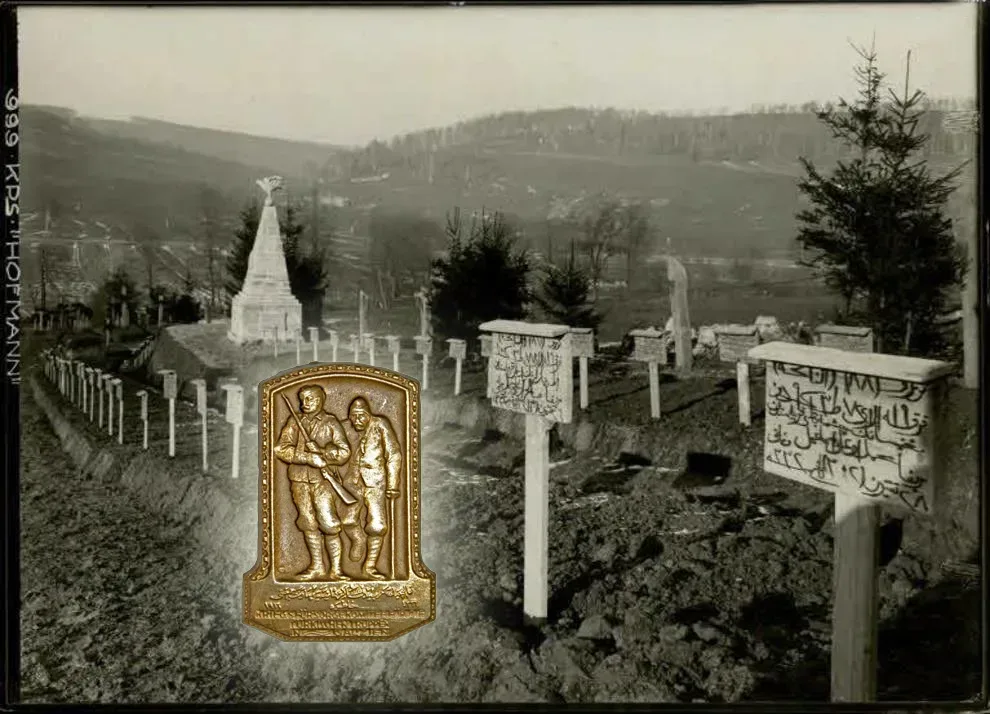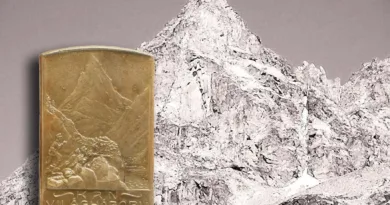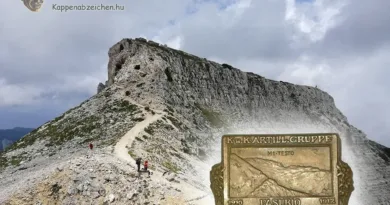Turkish troops in Galicia
After Turkey’s entry into the war, military cooperation intensified between the new ally and the Central Powers. After Bulgaria’s entry into force and the capture of Serbia, the Central Powers had direct land contact with Turkey. At the urgent request of the Turkish government, the Monarchy sent several artillery units and technical troops. These were mainly used in Palestine and in the offensive against Sues. In return, an entire Turkish corps arrived on the Russian front. The 15th Turkish Corps was a tried-and-tested, reliable team, according to General Liman von Sanders of Germany, who commanded Gallipoli’s defense. The Turkish soldiers received weaponry in Galicia from German and Austro-Hungarian troops. In August 1916, the Turkish 19th and 20th divisions arrived by rail. Here they were assigned to the German Southern Army, which also incorporated several Austro-Hungarian troops. They were on this front until September 1917. The commander of the 19th Division was Mustafa Kemal (the later Atatürk), who reorganized Turkey after the lost war. In the photo below, Turkish soldiers are learning how to handle captured machine guns.

Turkish reinforcements were significant. The two divisions numbered more than 30,000. They were deployed to the front immediately after arrival. In self-confirmed positions, they had to intercept serious Russian attacks within a few days. Later on, they continued to experience the usual trench warfare. They were stationed on the front line of the Zlota Lipa River on the front of the German Southern Army, controlled by General Bothmer. One of their neighbors was the Austro-Hungarian 55th Division of the Hofmann Corps. On September 5, 1916, due to Russian break-ins, the entire army had to withdraw from the Zlota Lipa line. Turkish troops secured the retreat. In the new positions, the Russians were then stopped in October. Both sides have suffered great losses. The front line of the Turkish XVth Corps was then shortened. The number of Turkish troops was recovered in early 1917. In July 1917, they participated in the fending off the Kerensky offensive and the subsequent counterattack. In total, the 15th Corps lost nearly 25,000 men in the Galician fighting. 10,000 of his soldiers were captured by Russians.

Badge makers in the Monarchy quickly recognized the business opportunity in the depiction of the exotic ally. Gurschner was the first company to lead the production of badges for Turkish troops in Galicia. The large number of Kappenabzeichen still found today suggests that they were also purchased and worn by soldiers of Austro-Hungarian troops. In this post, I’m going to show three of these badges. The badge in the opening picture is the badge of the aid organization supporting the wounded of Turkish troops fighting in Galicia. This is shown in the inscription of the badge: “Kriegsfürsorgekomittee für die Türkischen Truppen in Galizien”. The inscription of the second badge shows the theatre of war concerned, the Zlota Lipa River region. The three Allied soldiers storm the enemy depicted only with bayonets. And the Turkish-language inscription of the third insignia, written in Arabic, contains the name of the 15th Turkish Corps under the image of the Turkish infantryman storming. Above you can see the autograph of the ruler, V. Mehmed.





